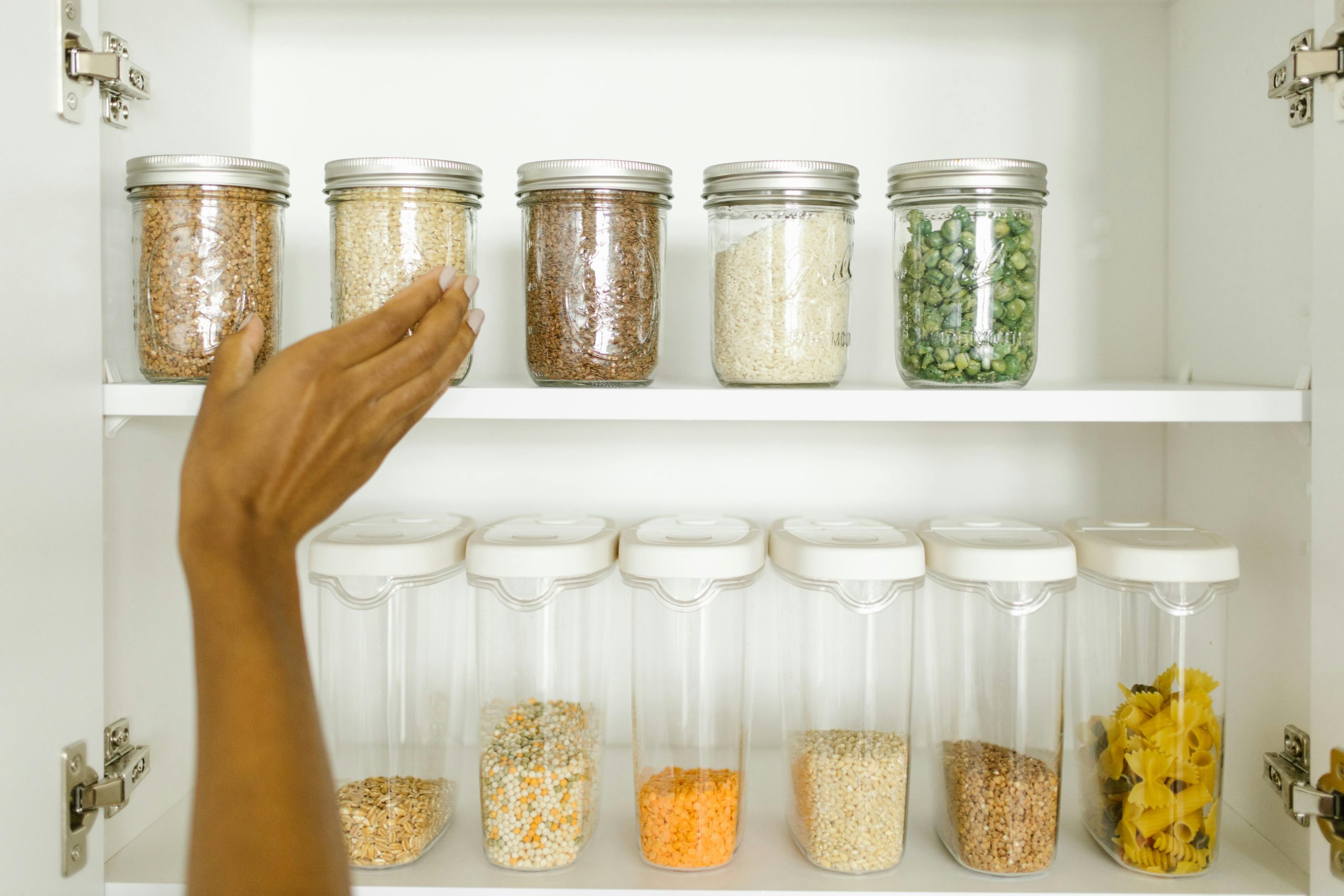How Can I Organize My Pantry for Budget Cooking Efficiency?
When it comes to cooking on a budget, an organized pantry can be your best friend. A well-structured pantry not only saves you time but also helps you use your ingredients more efficiently, minimizing waste and maximizing savings. In this article, we will explore simple and effective strategies to organize your pantry for budget cooking efficiency.
Why Organize Your Pantry?
Before diving into the “how,” let’s discuss the “why.” An organized pantry can:
- Reduce Food Waste: Knowing what you have on hand helps prevent buying duplicates and lets you use items before they expire.
- Enhance Meal Planning: An orderly pantry allows for easier meal planning, making it simpler to create budget-friendly meals.
- Save Time: Quickly finding ingredients speeds up your cooking process, making meal prep less daunting.
Steps to Organize Your Pantry
1. Empty and Clean Your Pantry
The first step in organizing your pantry is to empty it completely. Remove all items, and take this opportunity to clean the shelves. Wipe down surfaces with a gentle cleaner to remove crumbs, spills, and dust. This will give you a fresh start and help you see what you have to work with.
2. Check Expiration Dates
As you empty your pantry, check the expiration dates on all items. Discard anything that is expired or no longer usable. This step will help you identify what you still have and what needs to be replaced, ensuring that you’re only working with fresh ingredients.
3. Categorize Your Items
Grouping similar items together makes it easier to find what you need when cooking. Here are some common categories you might consider:
- Canned Goods: Soups, vegetables, beans, and fruits.
- Pasta and Grains: Rice, pasta, quinoa, and oats.
- Spices and Seasonings: Herbs, salts, and other flavor enhancers.
- Baking Supplies: Flour, sugar, baking soda, and yeast.
- Snacks: Nuts, chips, and dried fruits.
4. Use Clear Containers
Investing in clear containers can significantly improve your pantry’s organization. Clear containers allow you to see what you have at a glance, reducing the likelihood of forgetting about ingredients. Use these containers for bulk items like rice, flour, or snacks. Label each container to make identification even easier.
5. Implement a First In, First Out System
To ensure that you use older items before newer ones, practice a First In, First Out (FIFO) system. Place newer items behind older ones on the shelves. This method helps reduce waste and ensures that you’re using ingredients at their peak freshness.
6. Maximize Vertical Space
Utilize vertical space in your pantry with stackable shelves or tiered organizers. This will help you make the most of limited space and keep items visible. Place frequently used items at eye level, while less frequently used items can go on higher or lower shelves. A well-utilized vertical space makes it easier to keep your pantry organized.
7. Create a Pantry Inventory
To maximize your budget cooking efficiency, consider creating a pantry inventory. This can be a simple list on paper or an app on your phone. Include all items in your pantry, along with their expiration dates. An inventory helps you keep track of your supplies and aids in meal planning, allowing you to use what you have before purchasing more.
8. Plan Your Meals Around Pantry Staples
With an organized pantry and a clear inventory, it’s time to plan your meals. Focus on using pantry staples for your weekly meal prep. This could include:
- Canned Beans: Great for salads, soups, and stews.
- Pasta: A versatile base for countless dishes.
- Rice: Perfect for stir-fries or as a side dish.
- Oats: Ideal for breakfast or baking.
By planning meals around what you already have, you’ll save money and reduce food waste.
9. Regular Maintenance
Lastly, maintaining your organized pantry is crucial. Make it a habit to check your pantry regularly. Each month, do a quick review to ensure everything is in its place, and update your inventory as needed. This will help you stay organized and make budget cooking even more efficient.
Conclusion
Organizing your pantry is a vital step in achieving budget cooking efficiency. By following these simple steps—cleaning, categorizing, using clear containers, implementing FIFO, maximizing space, creating an inventory, planning meals, and regular maintenance—you can streamline your cooking process and save money. Remember, an organized pantry leads to less stress, lower food waste, and more delicious meals on a budget. Start today, and enjoy the benefits of a well-organized pantry!

Leave a Reply